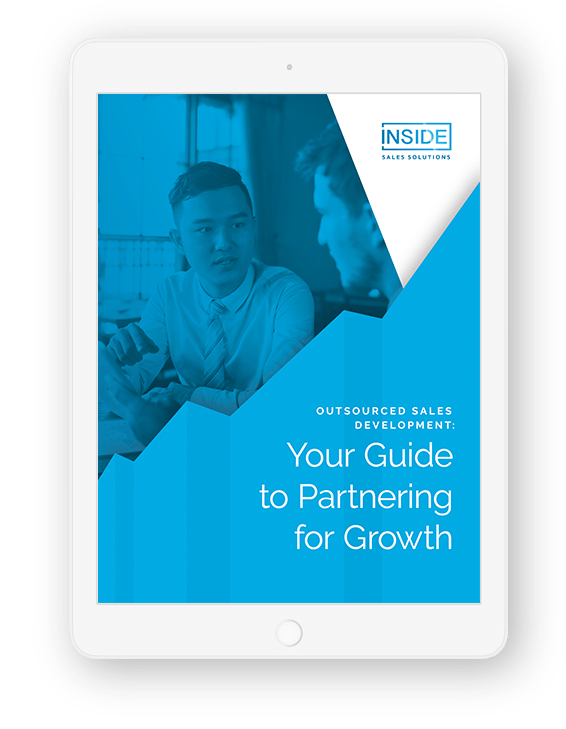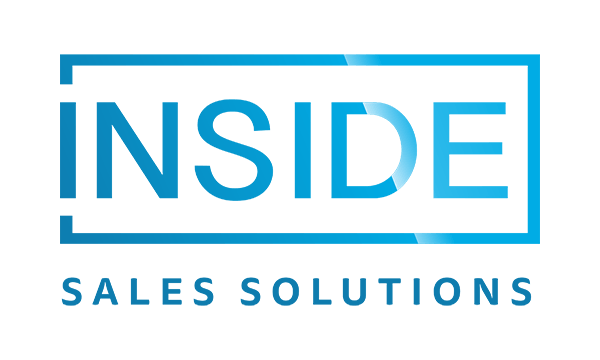Can you name the one thing marketing and sales will always agree on? You guessed it, the importance of a qualified lead.
Unfortunately for both teams, qualified leads don’t simply grow on trees – and it takes a real effort to sift through the unqualified masses to find your future clients.
Whether you employ inbound or outbound, your B2B lead generation strategy will always have one goal and one goal only: create demand and generate new leads.
But how do you go about generating those critical MQLs and SQLs? And which strategies work best for B2B? Let’s dig in.
Get the Ultimate Guide to Maximizing Channel Sales
Outbound Lead Generation Strategies
What’s the quickest way to grab a new lead’s attention? With outbound lead generation strategies – known colloquially as interruption marketing. This more traditional form of lead generation relies on your marketing and sales teams proactively reaching out to and engaging a targeted list of prospects, promoting your brand and a specific product or service.
Strategies include:
- Direct Outreach: Your tried and true, pick up the phone and call strategy, which, more than likely you have implemented to some degree between your sales and marketing teams.
- Email Campaigns: The best part about email? Direct access to a target account’s inbox and their attention.
- Social Selling: Social media was made for connecting, so think of social selling as connecting with a purpose – advocating for your brand and hopefully making the sale.
- Paid Ads: These targeted ads put your brand directly in front of a qualified audience.
- Event Marketing: What were tradeshows and webinars made for if not to connect directly with new leads and potential clients?
Inbound Lead Generation Strategies
The relatively newer inbound lead generation strategies allow leads to “find you” through engaging and relevant content geared toward the lead’s business challenges or pain points. These strategies can often be less expensive than their outbound equivalents and typically deliver a compounding return over time, as your efforts amplify your voice and brand.
Strategies include:
- Content Marketing: According to HubSpot, “Content marketing is the process of planning, creating, distributing, sharing, and publishing content via channels such as social media, blogs, websites, podcasts, apps, press releases, print publications, and more. The goal is to reach your target audience and increase brand awareness, sales, engagement, and loyalty.”
- SEO: Think of this as the “how to win at Google” strategy. Your SEO strategy is designed to help your content appear based on specific (and relevant) search queries.
- Social Media Marketing: Social media is one of the best channels to build an audience of qualified prospects who are interested in and engaged with your content. Plus, this is one of the few channels that allow for real-time conversations between your brand and a potential new customer.
- Email Nurture Campaigns: For an email strategy to be inbound, the recipient must have had some kind of previous engagement that allowed them to request additional information through email marketing – the request-based nature of these campaigns separates it from the cold email outreach listed in our outbound strategies.
- Content Syndication/Guest Blogging: Expand the reach of your content by leveraging 3rd party websites and platforms. New audience = new potential leads.
Finding the Right Mix to Maximize New Qualified Leads
The argument over which strategies and tactics are more or less effective is not a new one. The reality of successful B2B lead generation actually exists somewhere in the gray area between inbound and outbound: merging tactics to create an optimized engagement strategy. After all, the one thing all ten tactics have in common is the drive to create demand for your brand and your products, and ultimately generate leads.
So how do you go about generating those valuable MQLS and SQLs and avoid wasting your money and resources on strategies that lead to little return?
- Gather Strategic Insight on Your Targeted Accounts or Leads
We put this one first because it’s the most important…and as a group, we agree, this is the biggest factor in generating high quality leads.
If you’ve already created target market personas, congrats! You’re ahead of the game. If you haven’t, this is a critical first step and one that can’t be skipped over. As much as you might know about your brand, product, and why you think customers are engaging with you, you’ll never have a clear picture of customer intent and viewpoint without actually talking to your customers.
Take the time to interview customers, send out questionnaires, and gather feedback to build out a 360-degree view of your targeted personas.
Ultimately, your research should tell you:
- Why customers engage with you – including problems you solve and how customers view your product or service
- The types of challenges and pain points customers typically face and how they speak about them
- The channels your customers are most actively engaged on, and how they like to be communicated with
- Trusted resources for content and industry information
Note: It’s easy to get hooked on demographics and end up with a list of superficial personas. While demographics are great, you need to focus on customer intent – the why behind their engagement with you. That will always tell you a lot more than whether they live in the city or the suburbs.
- Audit Your Existing Content and Available Resources
Some of the strategies listed above are extremely content heavy. If you don’t have a full library, it’s important to understand what content you do have and what new resources would fill in a crucial gap to really move the needle.
This is one of those cases where understanding your limitations can help you make the best decisions for how you invest in the future.
- Create a Budget
Your budget can make or break a decision. Knowing your dollars and cents ahead of time can help avoid an awkward ROI conversation in the future.
The not-so-secret-but-somehow-often-forgotten key to your lead generation success is sales and marketing alignment. While some sales or marketing teams are able to squeeze out success through sheer will power alone, if you aren’t aligning your efforts, chances are good you won’t be happy with your results.
Kickstarting your lead generation takes time and resources, but in the end, it’s well worth the effort. Just ask your bottom line.
By finding the right mix of inbound and outbound strategies – ones that speak to and engage your target personas – you can rest assured that you’ve set yourself squarely on the path to finding your targeted MQLs and SQLs…and, before you know it, your next big account.
Considering Outsourced Sales Development?
Don't make your decision until you read our guide to creating a successful partnership for growth.


